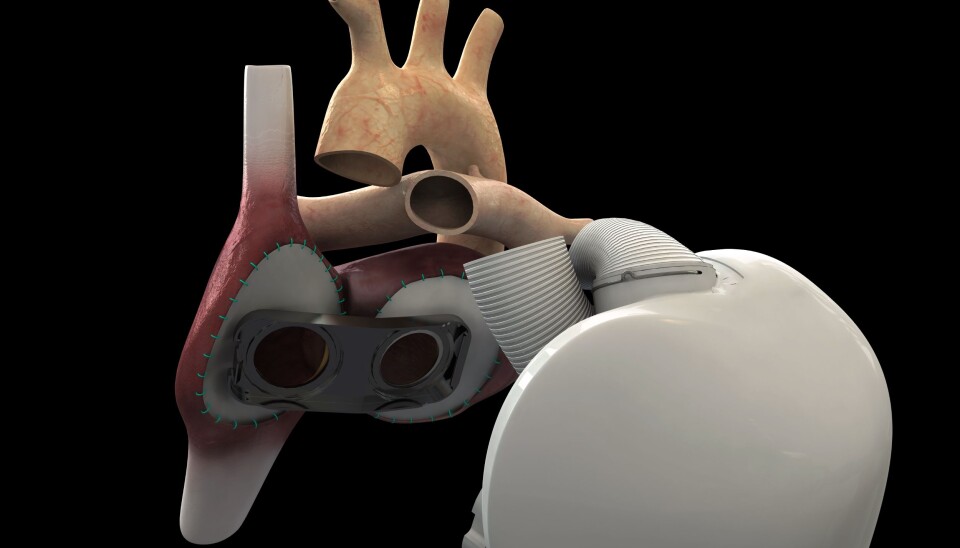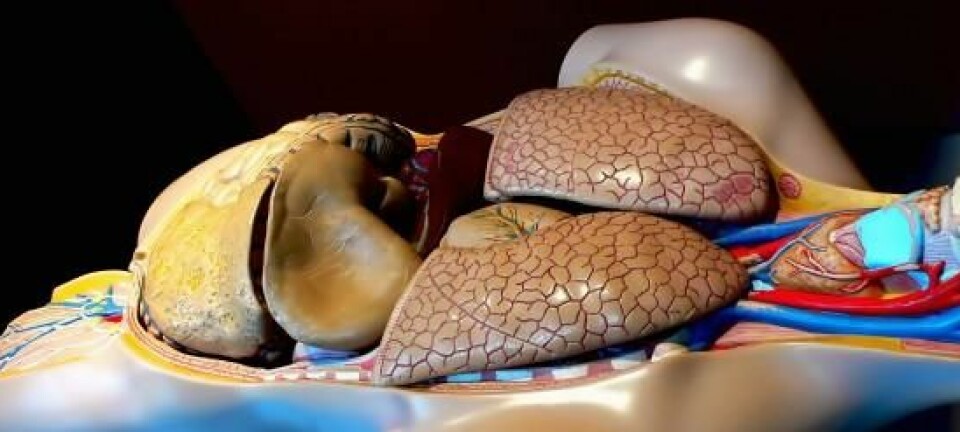An article from Norwegian SciTech News at SINTEF

Artificial heart with Norwegian sensor
France is going to test an artificial heart on patients. Inside the heart is a Norwegian pressure sensor.
Denne artikkelen er over ti år gammel og kan inneholde utdatert informasjon.
The French company Carmat will now proceed with full-scale testing on patients. It could save the lives of people who have been waiting many years for a heart transplant.
Made in Norway
The Norwegian company MEMSCAP is supplying the pressure sensor that will be used in the artificial heart, and SINTEF is responsible for its 'innards'.
"We develop the processes and design of the tiny silicon chips that go into the pressure sensors, and MEMSCAP assembles and packages them in a way that makes them completely stable", says Sigurd Moe at SINTEF ICT.
"Our MiNaLab also produces the tailored pressure element. Until now, these sensors have been used as altimeters in planes, and the same type will now be used in the heart".
From space to human hearts
"Reliability is key here", says Jan Hallenstvedt at MEMSCAP.
"In environments such as planes and the human heart, you want to know that the sensor will be up to scratch and will not fail".
The sensors have gained an excellent reputation internationally as stable and reliable, and it was a major boost to their marketing when NASA decided to use the Norwegian sensor installed in the rover on its Curiosity spacecraft, which landed on Mars in 2012.
Hallenstvedt says that they have been supplying sensors to Carmat for many years, and that it has been a long road leading to the results they have now achieved.
"Two years ago, Carmat carried out tests on animals with great success, and has since conducted tests on some patients", he says.
"But it was not until the spring of this year that they were granted approval, and announced publicly that they would be starting full scale medical testing. So this summer, we sent several hundred sensors to the Continent".

































